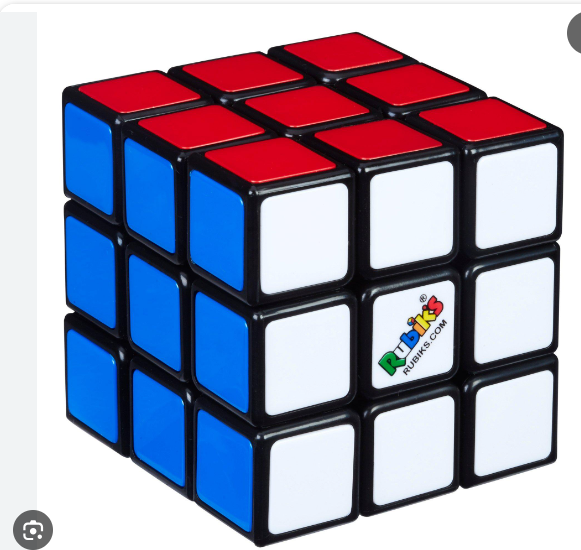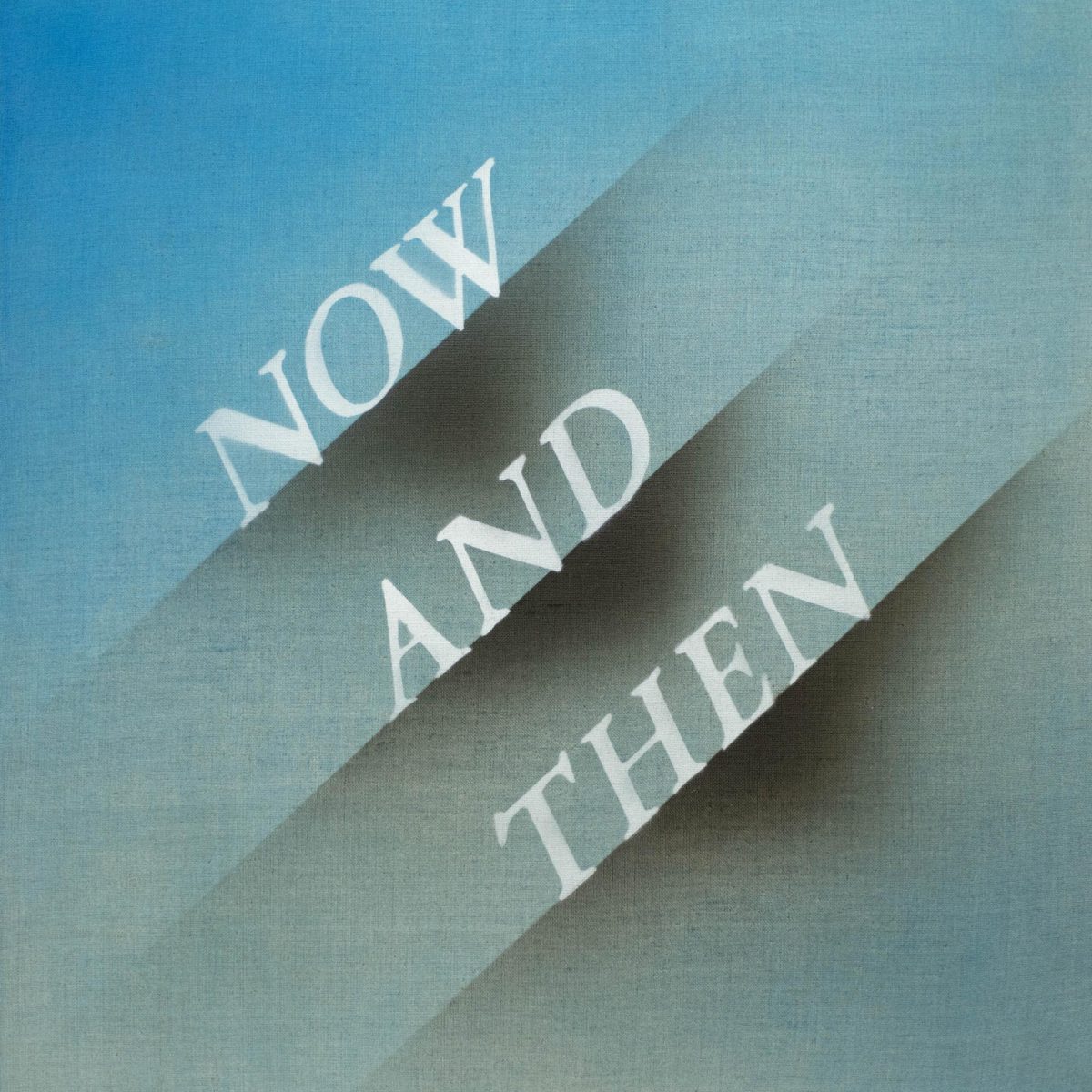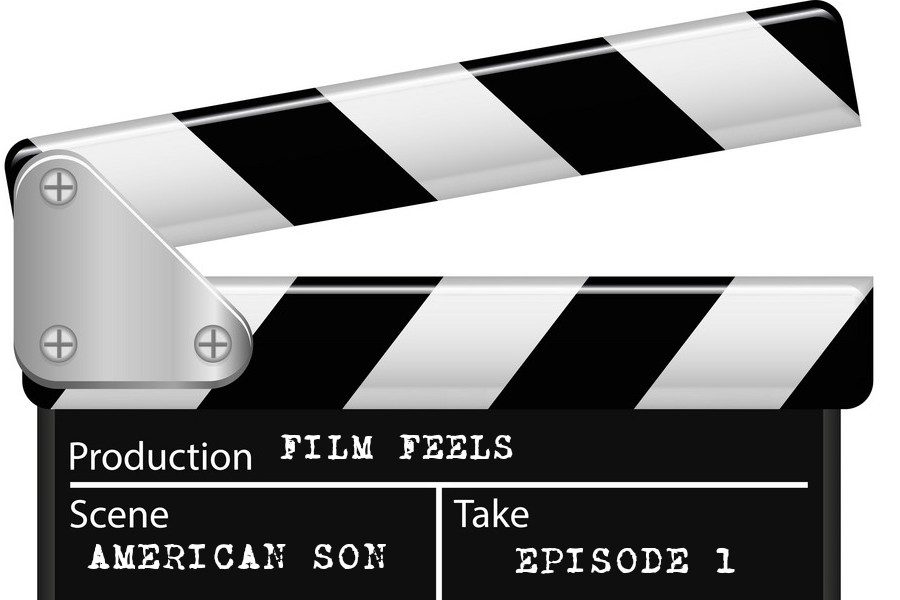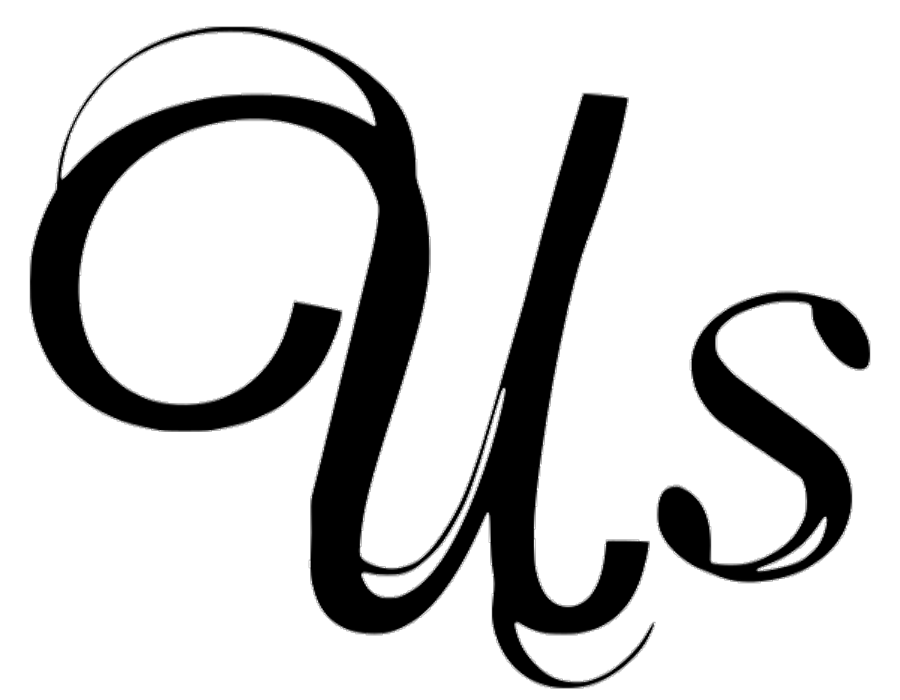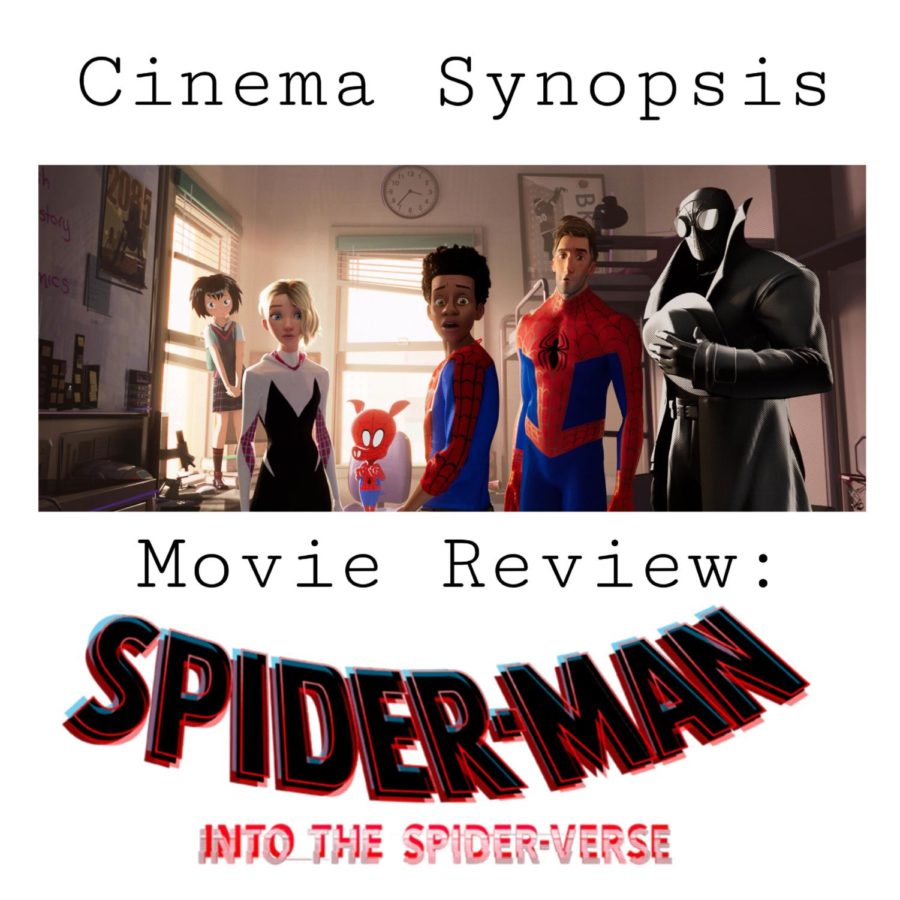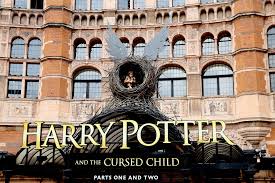
Cursed child? More like a perverse child.
With Jack Thorne’s screenplay “Harry Potter and the Cursed Child” based on well-known characters from J.K. Rowling’s beloved “Harry Potter” series, it entirely decimates any love for the adaption through its poor characterization and unsatisfactory remnants of unanswered questions.
From the first page, the characters seem slightly off, and it only goes downhill from there. With strangely similar mannerisms and speech patterns, any reader can find themselves wondering why Snape speaks like a spritely teenage rather than his usual self. The only character remotely similar to his actual character in the original series is Ron Weasley, but even then, the character seems particularly lackluster – whether it’s a flaw in the character himself or being the author’s error, that remains unclear.
With the revival of the Trolley Witch as a monstrous killing-machine to keep students on board the train, anyone would be appalled at the screwy turn the story took away from the original series. Along with the wonky characterization, new characters that are introduced appear as inherently annoying and unrealistic, especially when referring to Albus Severus Potter and Scorpius Malfoy. These two are supposed to be the main focus of the screenplay, but it appears like they were put on the back burner to revive and spotlight the original trio with their relationships.
Albus Potter comes off as an ungrateful and angsty teenager – much like his father was – and after completing the read, he remains absolutely obnoxious. Thinking that he would learn during the trials he and Scorpius go through during the play, many readers would assume that he would mature, but the boys continue making the same mistakes and having the same family issues.
Scorpius was the fandom’s hope to rectify the Malfoy character, and Thorne ended up making him the most likable character in the novel, much more so than any of the Potters, Weasleys or Gangers. However, the author bestowed upon him unnecessary quirks that usually help the character in development, but in this case, decimated the reading experience.
After getting past the characters, the reader would then have to digest the plot. However, by the end of the novel, the reader is still left to wonder who the “cursed child” actually was. Was it the extremely well-off child with a loving family in his teenage angst phase? Or was it the one whose mother had died and had hateful rumors going around about him, but was considered a comical and quirky supporting character? Could the child be the slightly older female, obviously not pictured on the cover, but still the antagonist? Or was the child Harry Potter himself? This book may have tried to have the reader decide who was actually cursed, but there are doubts that the author even knew himself.
Overall, “Harry Potter and the Cursed Child” felt like an awkward fanfiction rather than a professional screenplay written about the later years of Harry Potter’s life. Feeling very dissatisfied, readers have and will continue to leave this book on the shelf with a sour feeling, thinking that they’ve wasted their time and tainted their love for “Harry Potter”.





